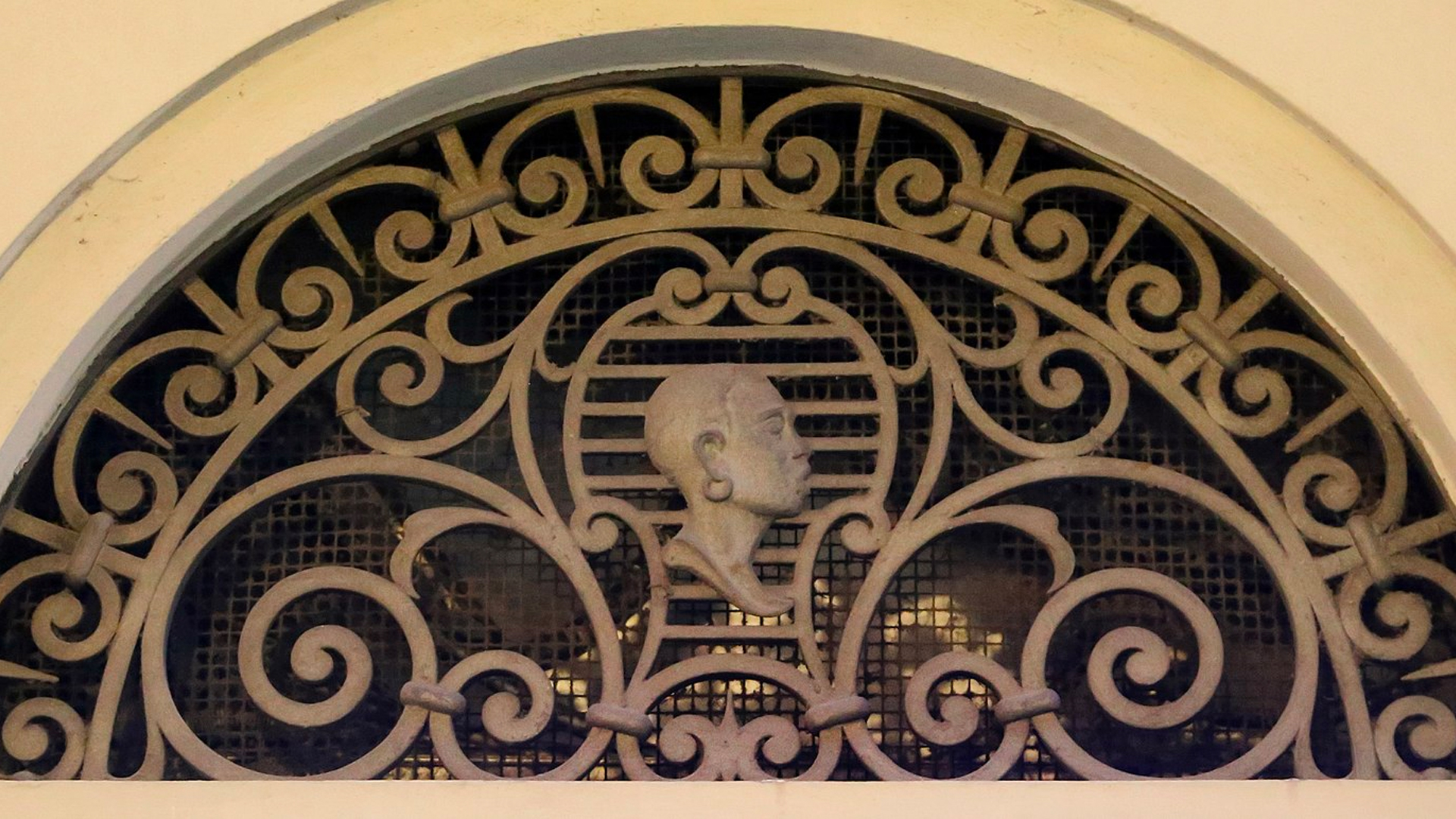The "Testa di Moro" or "Moor's Head" is a popular figure in Sicilian iconography, steeped in legend and history, and reflecting the diverse cultural influences that have shaped Sicily's identity over the centuries. Predominantly seen on ceramic pots, plates, and tiles, the Moor's Head remains an important symbol of Sicilian folklore, tradition, and craftsmanship.
The origin of the Moor's Head dates back to the period of Arab domination in Sicily, which lasted from 831 to 1072. The Arabs brought significant advancements in agriculture, irrigation, and architecture, but their legacy is also remembered in Sicilian culture through the enchanting legend associated with the Moor's Head.

According to the tale, in the 11th century, a beautiful young woman lived in the Kalsa district of Palermo. A passionate gardener, she loved tending to the exotic plants on her balcony. One day, a Moor merchant, who was passing by, was struck by her beauty. He declared his love for her and she reciprocated, but their euphoria was shattered when she discovered that he had a wife and children waiting for him in his native land.
Overwhelmed by jealousy and desperation, she decided that if she couldn't have him, then no one else could either. In a fit of rage, she waited until he fell asleep, then decapitated him with a sharp ax. To ensure he'd stay with her forever, she used his severed head as a plant pot. Miraculously, the plant she placed inside flourished and bloomed like never before. When her neighbors noticed the lush plants and asked her secret, she remained silent, and they began to follow her example, creating ceramic pots in the shape of the Moor's head.
Regardless of its grim backstory, the Moor's Head, often paired with a counterpart female head, has become a symbol of prosperity and good luck in Sicilian culture. These ceramic pots are traditionally used to grow flowers or herbs, representing the theme of transformation and regeneration, turning something tragic into something beautiful and life-giving.

The Moor's Head is also significant because it symbolizes the multicultural identity of Sicily, a land that has been influenced by numerous civilizations, each leaving its imprint on the culture, cuisine, and language. The presence of the Moorish design in Sicilian ceramics is a testament to the island's past under Arab rule and the lasting influence of this period on Sicilian history.
Today, the Testa di Moro has become a popular decorative item, not only in Sicily but worldwide, sought-after for its aesthetic appeal and cultural significance. Crafted by local artisans, these ceramics continue to narrate a story from Sicily's past, lending their charm to balconies, gardens, and homes, and reminding us of the power of love, passion, and transformation. Whether as a symbol of prosperity, a token of multicultural heritage, or a testament to Sicilian artistry, the legend of the Moor's Head continues to be an integral part of Sicily's rich traditions.
Arianna DiCicco
Arianna DiCicco is an educator and writer from California, born into an Italian American restaurant family with strong ties to her grandparents’ home in Abruzzo, Italy. She has lived in San Francisco, Rome and New York City where she’s made deep connections within the Italian communities and gained new perspectives about her own culture. With a Masters in International Education, Arianna has a love and passion for learning and educating others about Italian history & culture.

